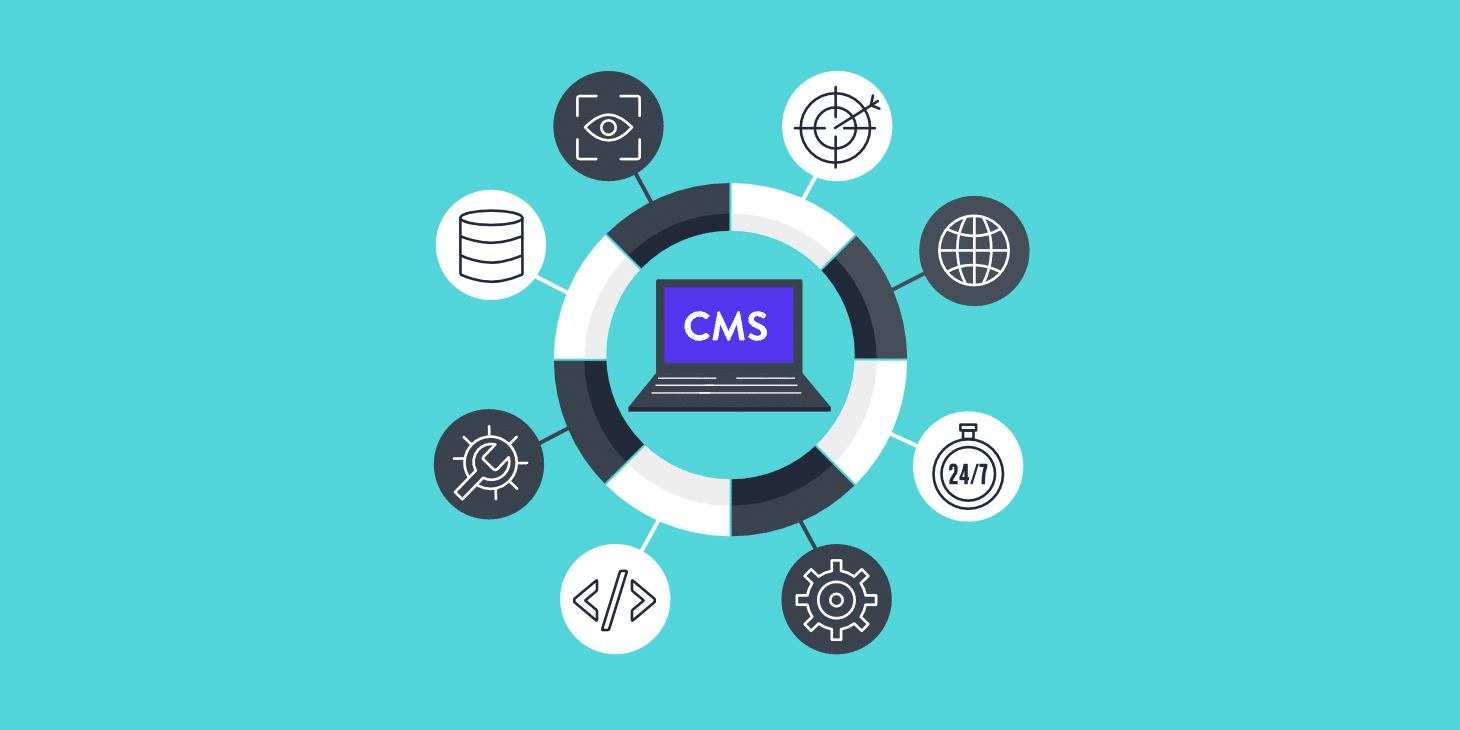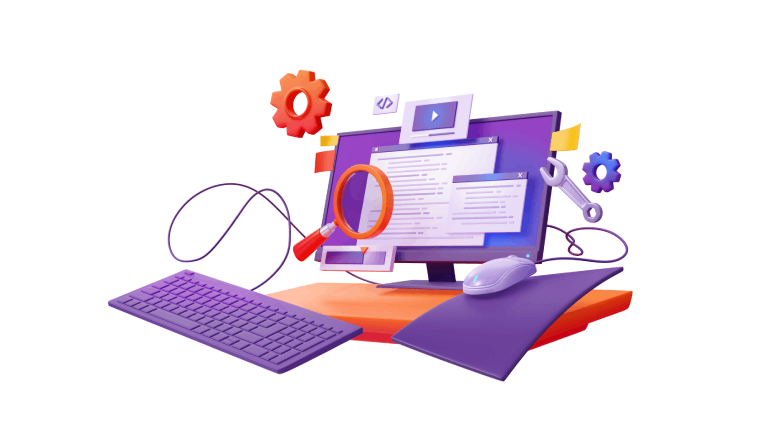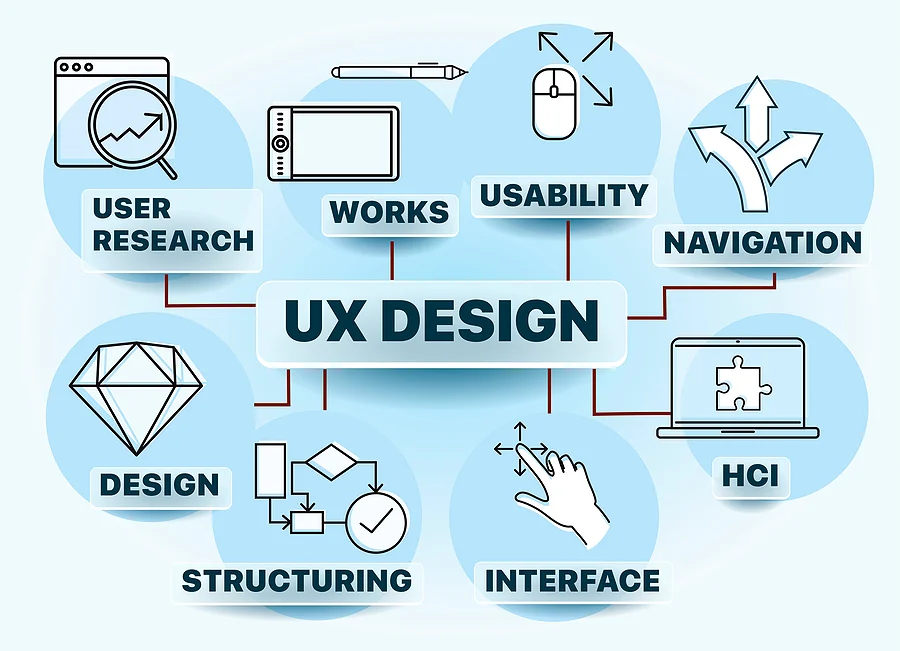Content Management Systems (CMS) have revolutionized the way websites are built and maintained. They provide a user-friendly interface that allows individuals, businesses, and organizations to create, manage, and modify content on their websites without needing extensive technical knowledge. This article explores the importance of CMS in web development, the various types available, and best practices for choosing and utilizing a CMS effectively.
What is a Content Management System?
A CMS is software that enables users to create and manage digital content. It typically includes tools for designing web pages, publishing content, and managing user permissions. By using a CMS, developers and non-developers alike can streamline the process of updating and maintaining websites, making it accessible to a wider audience.
Key Features of a CMS
- User-Friendly Interface: Most CMS platforms feature intuitive interfaces that simplify the content creation and editing process. This allows users to focus on content rather than coding.
- Templates and Themes: CMS platforms often offer a variety of pre-designed templates and themes, enabling users to customize the look and feel of their websites without needing to design from scratch.
- Content Editing Tools: WYSIWYG (What You See Is What You Get) editors allow users to format text, add images, and embed multimedia easily, making content creation straightforward.
- User Management: A CMS typically includes user management features that enable administrators to control user roles and permissions, allowing for collaboration among teams while maintaining security.
- SEO Optimization: Many CMS platforms come with built-in SEO tools or plugins, helping users optimize their content for search engines to improve visibility and drive traffic.
Types of Content Management Systems
Open Source CMS: These are free to use and customizable, with large communities that provide support and development resources. Examples include:
- WordPress: The most popular CMS, known for its flexibility and extensive plugin ecosystem, making it suitable for blogs, business sites, and e-commerce.
- Joomla: A powerful CMS that offers more complexity and flexibility than WordPress, suitable for various websites, including social networks and online applications.
- Drupal: Known for its robustness and scalability, Drupal is ideal for complex, content-heavy sites and offers advanced user permissions and custom content types.
Proprietary CMS: These are paid solutions offered by companies, providing specialized features and support. Examples include:
- Adobe Experience Manager: A comprehensive solution for large enterprises focusing on content marketing and customer experience management.
- Sitecore: An enterprise-level CMS that combines content management with marketing automation and personalization features.
Headless CMS: This type separates the back-end content management from the front-end presentation layer. It allows developers to deliver content across multiple platforms and devices through APIs. Examples include:
- Contentful: A flexible headless CMS that allows content delivery to various channels, from websites to mobile apps.
- Strapi: An open-source headless CMS that provides a customizable content API and an intuitive user interface for managing content.
Benefits of Using a CMS
- Ease of Use: With user-friendly interfaces and WYSIWYG editors, non-technical users can easily manage website content, reducing dependency on developers for routine updates.
- Time Efficiency: A CMS streamlines the process of creating, editing, and publishing content, enabling faster turnaround times for website updates and new content.
- Collaboration: Multiple users can work on a CMS simultaneously, with various permissions and roles assigned to team members, enhancing collaboration and workflow.
- Scalability: Most CMS platforms are scalable, allowing websites to grow and evolve with the needs of the business without requiring a complete overhaul.
- SEO-Friendly: Built-in SEO tools and capabilities enable users to optimize their content for search engines easily, improving visibility and driving organic traffic.
Best Practices for Choosing and Using a CMS
- Assess Your Needs: Before choosing a CMS, evaluate your website’s specific requirements, including scalability, functionality, and user roles. This will help you select a platform that aligns with your goals.
- Consider Future Growth: Choose a CMS that can grow with your organization. Consider factors like ease of adding new features, scalability, and the availability of plugins or extensions.
- Evaluate Support and Community: Investigate the level of support available for the CMS you choose. An active community can provide valuable resources, tutorials, and troubleshooting assistance.
- Focus on Security: Ensure that the CMS offers robust security features, including regular updates, secure user permissions, and options for data backups.
- Train Your Team: Provide training for your team to ensure they can effectively use the CMS. Familiarity with the platform will enhance productivity and minimize errors.
Conclusion
Content Management Systems are vital tools in modern web development, empowering users to create and manage content efficiently. By understanding the types of CMS available, their features, and the benefits they provide, organizations can make informed decisions that enhance their online presence. Implementing best practices for choosing and using a CMS will ensure that the website remains adaptable, user-friendly, and aligned with the organization’s goals.



